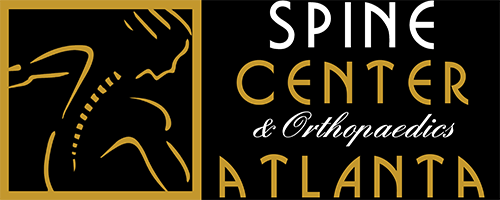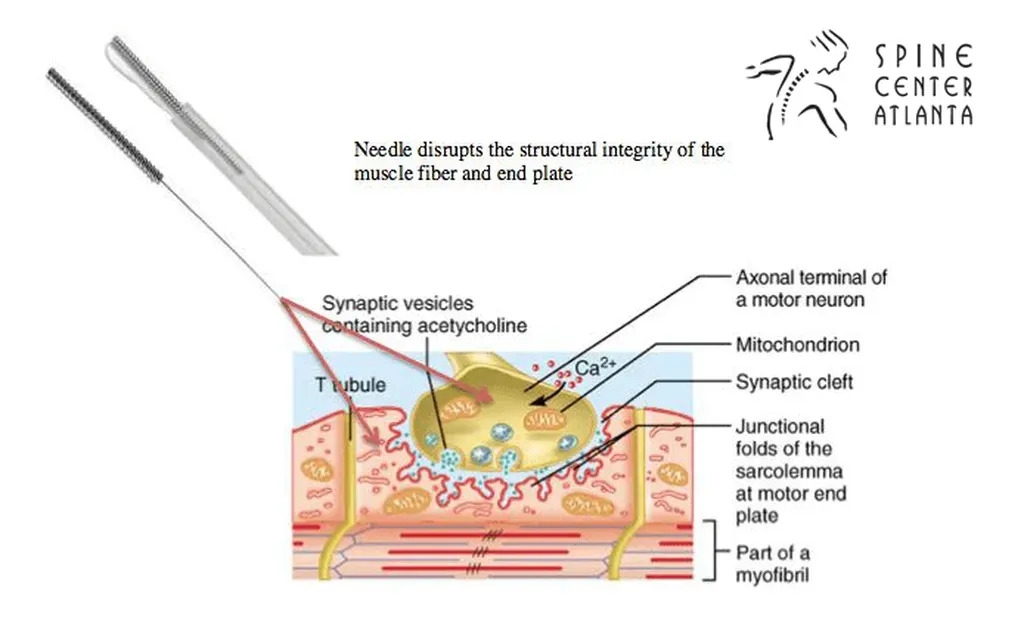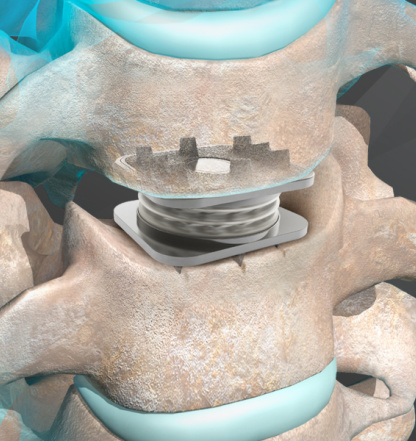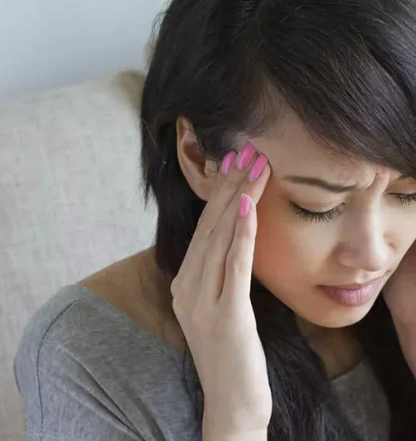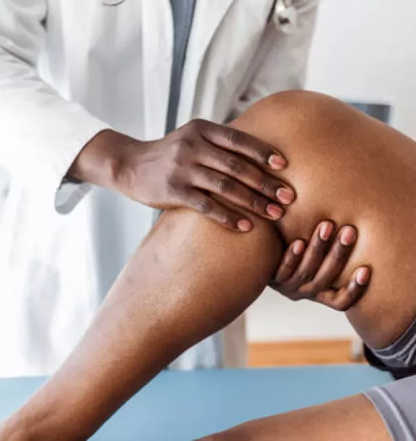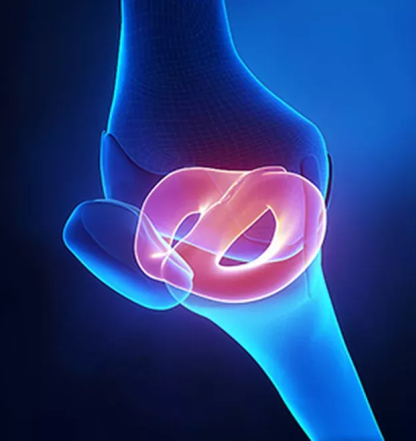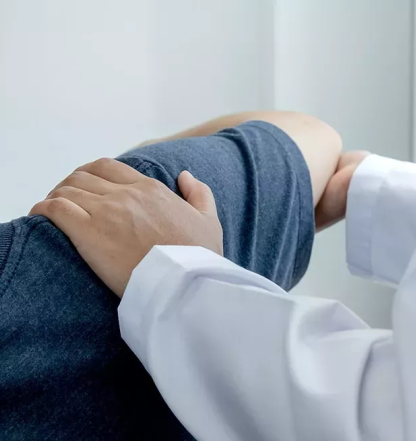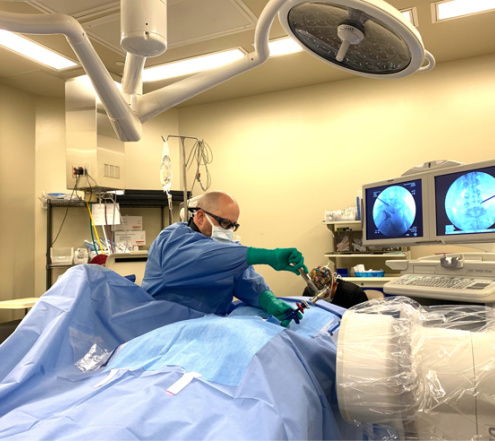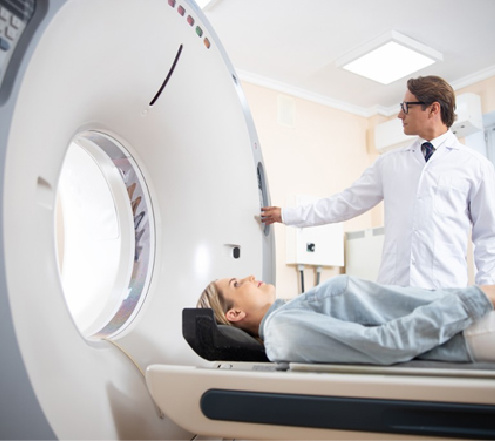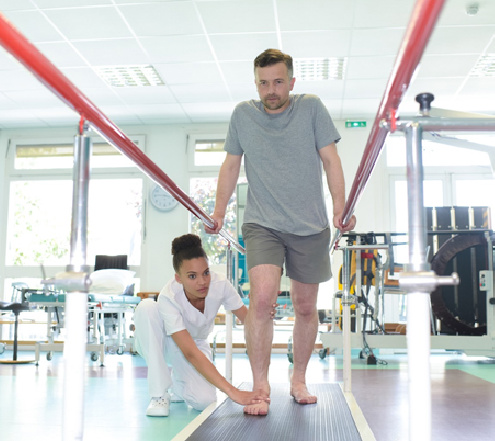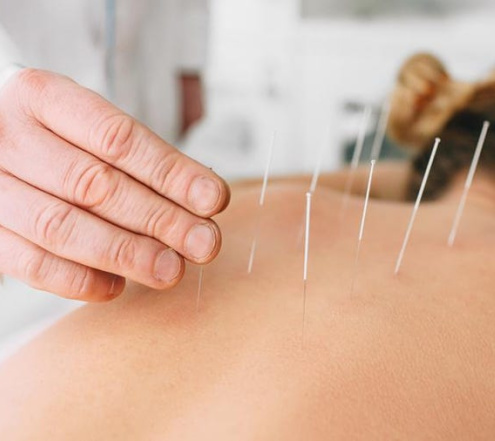Dry needling is an increasingly popular treatment for relieving chronic back or neck pain caused by muscle tension and nerve dysfunction. This effective therapy is designed to create a local twitch response in the muscle in order to release…
DRY NEEDLING
Dry needling is an increasingly popular treatment for relieving chronic back or neck pain caused by muscle tension and nerve dysfunction. This effective therapy is designed to create a local twitch response in the muscle in order to release muscle tension at the root of pain.
Dry needling treatment has very few potential side effects and involves the insertion of very thin needles through the skin into muscles, ligaments, tendons, subcutaneous fascia, and scar tissue. Dry needles may also be inserted near peripheral nerves, neurovascular bundles, or both so as to stimulate a response that can help with the management of neuromusculoskeletal pain.
The needle stimulates nociceptors or sensitive loci in the muscle or tissue to create a response that can disrupt dysfunctional neuromuscular activity. This may then help to relax the muscle and relieve associated pain.
Unlike with wet needling (used for corticosteroid injections, for example), the thin monofilament used for dry needling does not deliver any medication to the tissue.
Dry needling is sometimes defined as an intramuscular procedure targeting myofascial trigger points. However, treatment using dry needling may also target tissues other than muscles.
TRIGGER POINTS AND TENDER SPOTS
Chronic neck and back pain can be a result of irritation in the muscles that causes tension and radiating pain. These trigger points or tender spots in skeletal muscle may be referred to as a ‘knot’ and can feel hard and uncomfortable.
Over time, chronic tension, muscle spasms, or cramps can cause irritation in other tissues as the body tries to compensate for the structural problem by altering posture or gait, for example. Ongoing muscle tension can cause pain directly, and may also contribute to changes in bones, ligaments, tendons, and spinal discs that also results in pain and other symptoms.
What can I expect from dry needling?
In a typical treatment session, a physical therapist will insert a number of dry needles into muscle and will leave them in place for 10 to 30 minutes. They will take note of any response from the muscle when inserting the needles and this will guide the insertion of additional needles to locate a trigger point or to better target problematic areas.
A number of studies have found evidence of immediate improvements in pain and disability following dry needling targeting myofascial trigger points. Typically, such treatments used ‘sparrow pecking’ or ‘pistoning’ techniques, i.e. rapid in-and-out needling to stimulate the tender point and provoke a neuromuscular response (Dunning et al., 2014). Further long-term trials are still needed to confirm these benefits and to demonstrate extended benefits of dry needling.
What conditions can dry needling treat?
Dry needling is used to address a variety of conditions, including musculoskeletal problems such as:
- Acute and chronic injuries
- Neck pain
- Back pain
- Sciatica
- Knee and hip pain
- Headaches
- Tendinitis
- Muscle Spasms and strains
- Fibromyalgia
- Tennis/Golfer’s Elbow
- Repetitive strain injuries.
Dry needling vs. acupuncture
Although the tool of choice for both dry needling and acupuncture is the very thin, solid needle filament, dry needling is distinct from acupuncture.
Physical therapists who practice dry needling do so on the basis of modern knowledge of anatomy and neurology as discovered through scientific research into the nervous system and musculoskeletal system. Acupuncture was developed using a traditional knowledge base, largely the tenets of traditional Chinese medicine, and is underpinned by a particular philosophy.
Does dry needling hurt?
In most cases, patients undergoing dry needling do not feel the needle penetrate the skin and are only aware of the needle if it is inserted into a muscle that is tense. The resulting sensation can feel like an acute cramping of the muscle and it is this twitch response that helps to release the tension in the tissue and stimulate healing.
Dry needling for diagnosis
Dry needling may be a useful diagnostic tool, although further study is needed in this regard. The theory here is that if a patient with chronic back or neck pain has a powerful response to a needle in a particular spot, such as a familiar pain sensation, this can help to identify the location and cause of the pain.
When the needles are inserted into healthy muscle there is usually very little discomfort, helping the practitioner to go on to other areas so as to identify the tender spots.
What side effects can you expect with dry needling?
Dry needling is an effective and relatively safe treatment option for neck and back pain, with minimal risk of side effects. When adverse events do occur related to dry needling these usually take the form of mild soreness in the muscle and some minor bruising.
As always, it is essential to undergo treatment at a well-regarded facility which pays scrupulous attention to health and safety guidelines. The needles used for dry needling, as with acupuncture, are not reused for different patients and should be individually sealed and stored in sterile conditions prior to use, after which they should be disposed of in a safe manner to minimize the risk of infection.
Evidence for the effectiveness of dry needling
There is a growing body of evidence to support the use of Dry Needling Literature Review with Implications for Clinical Practice Guidelines DUNNING ET AL 2014(1)
In a case study reported in the International Journal of Sports and Physical Therapy, the use of dry needling led to significant relief of chronic low back pain in a 30-year-old woman on active military duty (Rainey, 2013). The patient had pain in her lower back and hip that started after a lumbar flexion injury while weight-training. The injury led to instability in her lower back (the lumbar spine) and her right hip and myofascial trigger points were identified in her right gluteus maximus and gluteus medius muscles.
The patient underwent two dry needling sessions to treat these muscles, along with intramuscular electrical stimulation (IES) and a home exercise program focusing on improving core stability.
The result of treatment was complete resolution of symptoms of lower back and hip pain, with the officer reporting no pain or disability at the follow-up appointment. The physical examination found no functional impairments or limitations, and spinal movement was normal. The researchers also noted the absence of myofascial trigger points, indicating no source of regional neuromusculoskeletal pain.
This therapy appears to help with pain management, reduces muscle tension and dysfunction and may help with electrical and biochemical dysfunction of the motor endplates, allowing the musculoskeletal system to function properly.
Dry needling may be particular useful, therefore, in helping patients with chronic neck or back pain to engage in other forms of rehabilitative therapy that are currently difficult because of muscle tension and pain.
Ready to try dry needling in Atlanta? Contact Us to setup your appointment today!
References
Dunning, J., Butts, R., Mourad, F., Young, I., Flannagan, S., Perreault, T. (2014). Dry needling: a literature review with implications for clinical practice guidelines. Phys Ther Rev, Aug;19(4):252-265.
Rainey, C.E. (2013). The use of trigger point dry needling and intramuscular electrical stimulation for a subject with chronic low back pain: a case report. Int J Sports Phys Ther, Apr;8(2):145-61.
